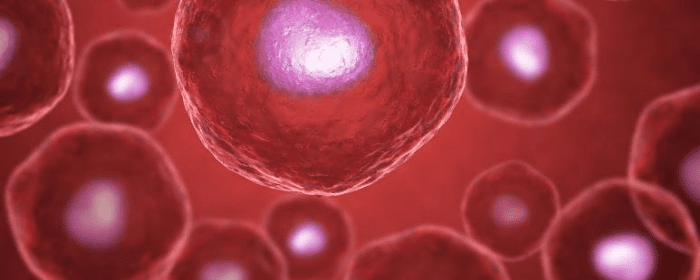Metal toxicity, resulting from lead, mercury, aluminum, and arsenic, continues to be a significant public health concern and contributes to a number of serious health issues, including damage to the central and peripheral nervous systems, compromised kidney and liver function, and damage to the cardiovascular system.
Specifically, toxic metals appear to contribute to oxidative stress in stem cells and endothelial progenitor cells (EPSs), the cells responsible for replenishing aging or damaged cells, and are an essential component for maintaining vasculature and neovascularization. The damage caused to these cells, as a result of metal toxicity, has directly contributed to vasoconstriction, hypertension, and altered gene expression.
Considering the established relationship between oxidative injury, endothelial cell dysfunction, and vascular disease, Mikirova et al. ‘s study examined the response of CD34-positive cells to chelation by DMSA. The study also compared the effectiveness of DMSA and EDTA in the chelation of toxic metals and the excretion of essential metals.
Mikirova et al. also share results related to the toxicity of lead and mercury to mesenchymal stem cells (MSCs), endothelial progenitor cells, and differentiated cells such as endothelial cells and fibroblasts. These results were obtained by comparing data obtained from 160 subjects who received oral DMSA chelation and 250 subjects who received intravenous EDTA chelation.
At the conclusion of this study, the authors were able to draw a number of conclusions, including:
- Lead and mercury inhibit in vitro metabolism of MSCs and proliferation and adult differentiated cells, with MSCs demonstrating increased sensitivity to both lead and mercury.
- DMSA demonstrated the ability to increase circulating CD34-positive cell numbers in vivo and is better at extracting lead and arsenic than EDTA – but is also more likely to increase extraction of certain essential minerals.
- Removal of toxic metals significantly improved the number of stem cells and progenitor cells in circulation.
The authors also point out that DMSA offers improved results when compared to EDTA, for lead and arsenic chelation, but with a cost of higher extraction of essential minerals – including a fifty-five-fold increase in copper extraction (meaning copper levels must be monitored and supplemented for during chelation therapy). On the other hand, clearance of essential metals during chelation by EDTA was increased over twenty-fold for zinc and manganese.
Considering the findings of this study, the authors point out that these findings, along with data published in previous studies, provide some guidelines for the clinical use of DMSA and EDTA as chelating agents.
Mikirova et al. conclude that chelation therapy demonstrates promise for repairing damage resulting from metal toxicity and for restoring circulating stem cell populations. The authors next plan to embark on a larger scale study with the hopes of gaining more data on changes in white cell and progenitor cell numbers before and after chelation therapy.
Source: “Efficacy of oral DMSA and intravenous EDTA in chelation of toxic ….” https://www.transbiomedicine.com/translational-biomedicine/efficacy-of-oral-dmsa-and-intravenous-edta-in-chelation-of-toxic-metals-and-improvement-of-the-number-of-stem-progenitor-cells-in-circulation.pdf.


 St. Petersburg, Florida
St. Petersburg, Florida
